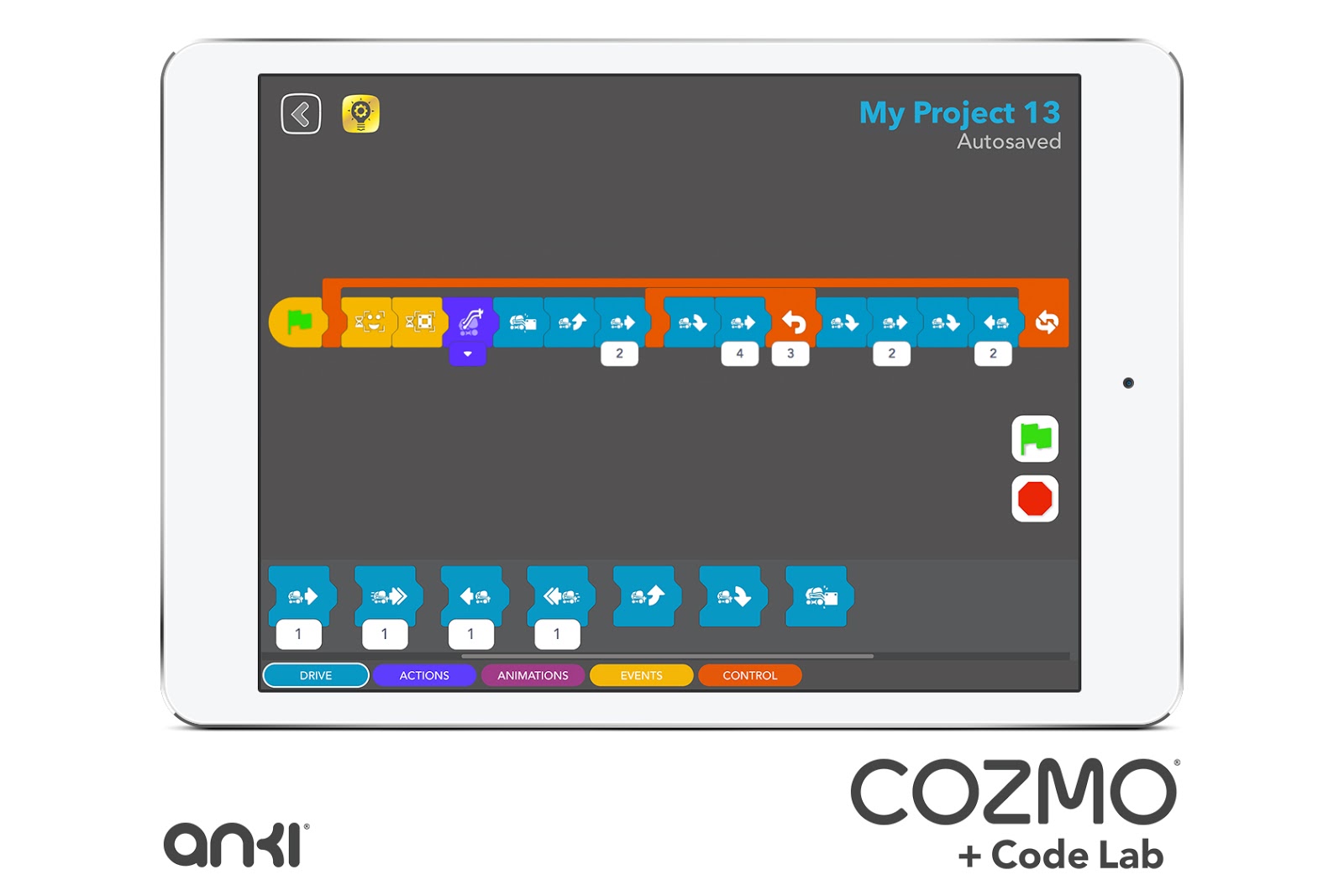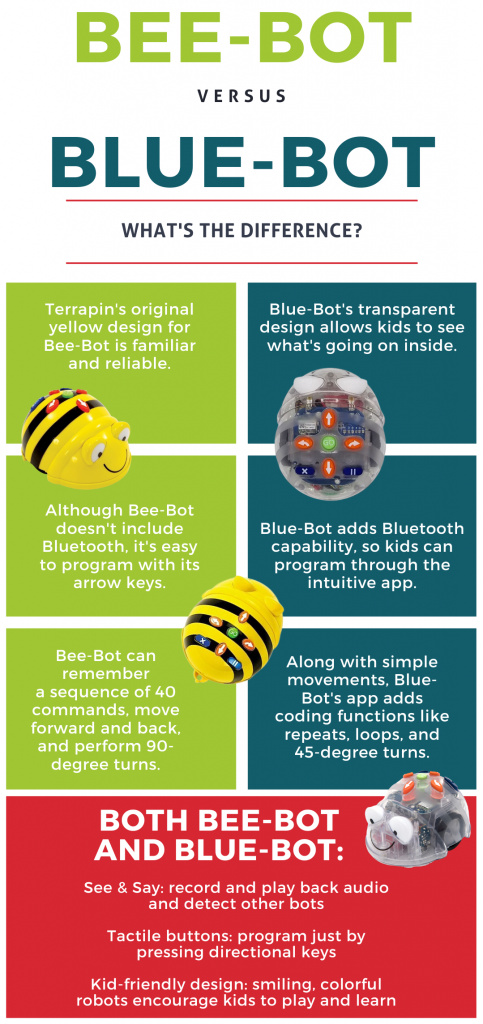How to Program a Cobot for Collaborative Tasks?
Collaborative robots, also known as cobots, have become increasingly popular in various industries for their ability to work alongside humans in a safe and productive manner. Programming a cobot for collaborative tasks requires a unique set of skills and knowledge. In this article, we will discuss the steps involved in programming a cobot for collaborative tasks efficiently.
Step 1: Understand the Collaborative Work Environment
Before programming a cobot, it is essential to understand the work environment in which the cobot will be operating. Identify the tasks that the cobot will be performing and the potential risks involved. This will help you determine the safety measures that need to be implemented during the programming process.
Step 2: Choose the Right Programming Software
There are several programming software options available for programming cobots, such as Universal Robots’ URScript and Robot Operating System (ROS). Choose the software that best aligns with your programming skills and the tasks that the cobot will be performing.
Step 3: Develop a Task Sequence
Once you have chosen the programming software, develop a task sequence for the cobot. Break down the collaborative tasks into smaller steps and create a logical flow for the cobot to follow. This will help ensure that the cobot performs the tasks efficiently and safely.
Step 4: Program the Cobot
Using the chosen programming software, start programming the cobot to perform the collaborative tasks. Write the necessary code and test the program to ensure that the cobot operates as expected. Make any adjustments or refinements as needed.
Step 5: Implement Safety Measures
Once the cobot has been programmed, implement safety measures to ensure that the cobot operates safely in the collaborative work environment. This may include installing safety sensors, barriers, or other safety features to prevent accidents.
Step 6: Train Employees
Before deploying the cobot for collaborative tasks, train employees on how to work alongside the cobot safely. Provide them with the necessary information and training to understand the cobot’s capabilities and limitations.
Conclusion
Programming a cobot for collaborative tasks requires careful planning and execution. By following the steps outlined in this article, you can program a cobot efficiently and safely for collaborative work environments. Remember to continuously monitor and update the cobot’s programming to ensure optimal performance.
How to Program a Cobot for Collaborative Tasks?
Collaborative robots, also known as cobots, have become increasingly popular in various industries for their ability to work alongside humans in a safe and productive manner. Programming a cobot for collaborative tasks requires a unique set of skills and knowledge. In this article, we will discuss the steps involved in programming a cobot for collaborative tasks efficiently.
Step 1: Understand the Collaborative Work Environment
Before programming a cobot, it is essential to understand the work environment in which the cobot will be operating. Identify the tasks that the cobot will be performing and the potential risks involved. This will help you determine the safety measures that need to be implemented during the programming process.
Step 2: Choose the Right Programming Software
There are several programming software options available for programming cobots, such as Universal Robots’ URScript and Robot Operating System (ROS). Choose the software that best aligns with your programming skills and the tasks that the cobot will be performing.
Step 3: Develop a Task Sequence
Once you have chosen the programming software, develop a task sequence for the cobot. Break down the collaborative tasks into smaller steps and create a logical flow for the cobot to follow. This will help ensure that the cobot performs the tasks efficiently and safely.
Step 4: Program the Cobot
Using the chosen programming software, start programming the cobot to perform the collaborative tasks. Write the necessary code and test the program to ensure that the cobot operates as expected. Make any adjustments or refinements as needed.
Step 5: Implement Safety Measures
Once the cobot has been programmed, implement safety measures to ensure that the cobot operates safely in the collaborative work environment. This may include installing safety sensors, barriers, or other safety features to prevent accidents.
Step 6: Train Employees
Before deploying the cobot for collaborative tasks, train employees on how to work alongside the cobot safely. Provide them with the necessary information and training to understand the cobot’s capabilities and limitations.
Conclusion
Programming a cobot for collaborative tasks requires careful planning and execution. By following the steps outlined in this article, you can program a cobot efficiently and safely for collaborative work environments. Remember to continuously monitor and update the cobot’s programming to ensure optimal performance.



